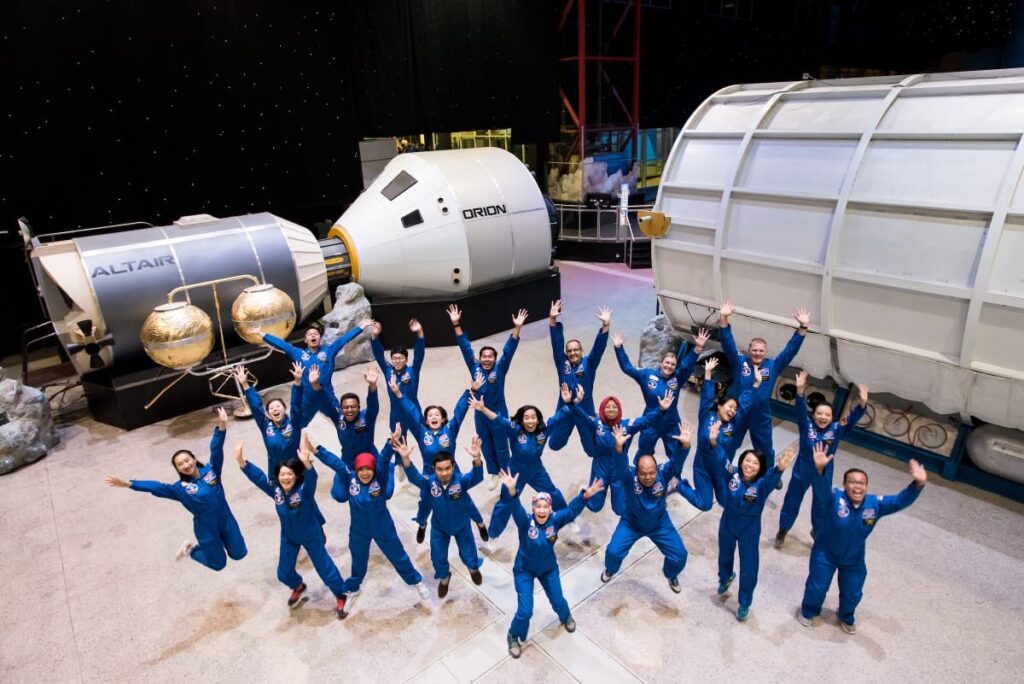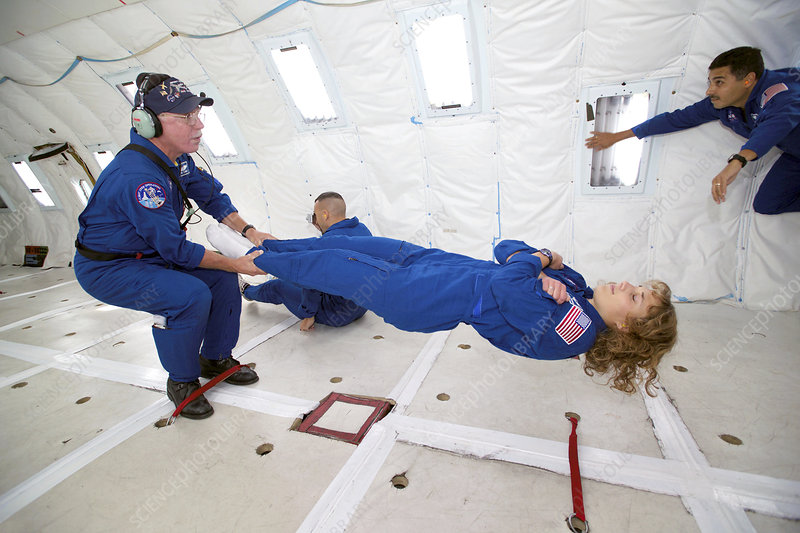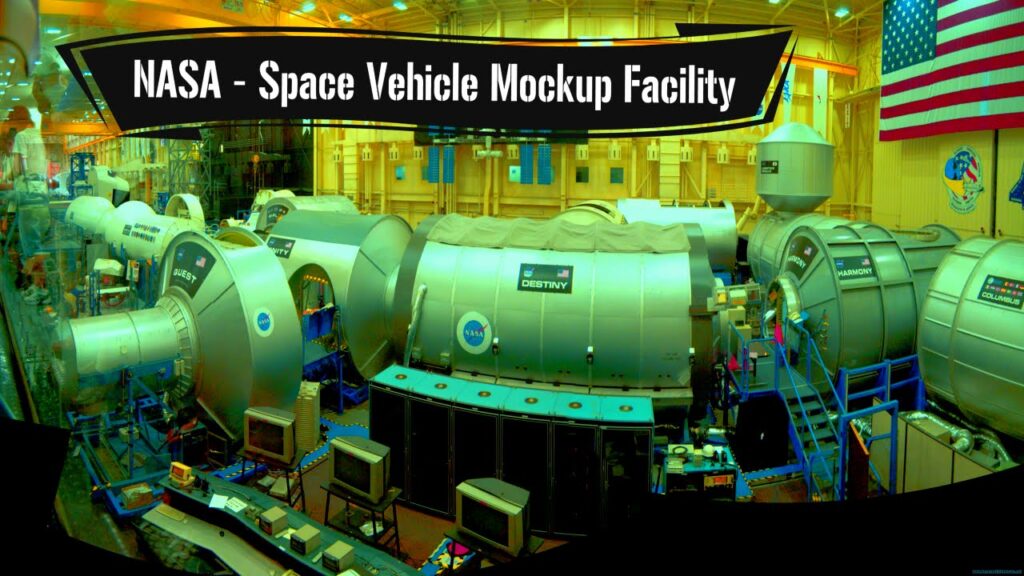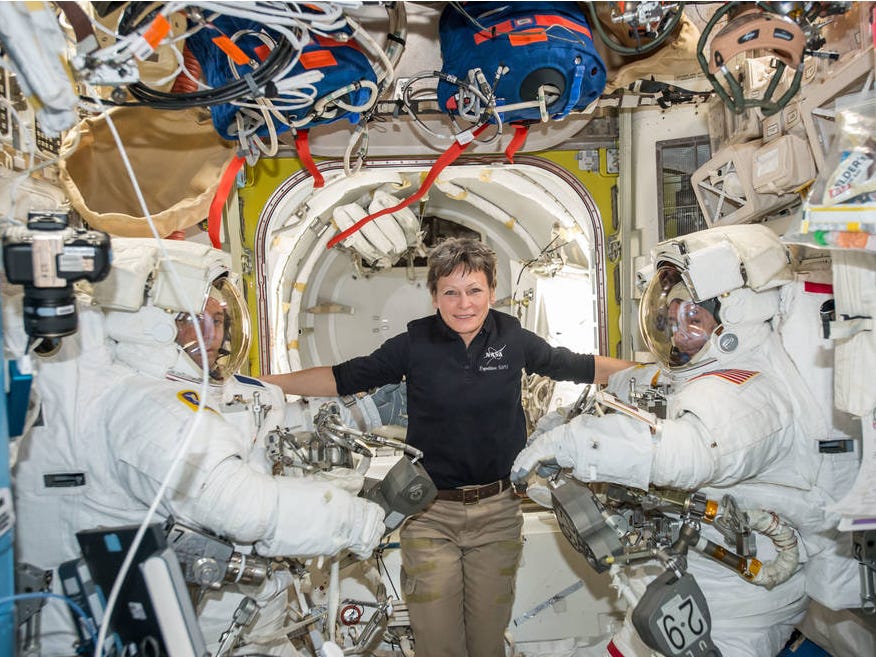An astronaut candidate’s most exciting day is the day he or she is selected. Then comes the hard part. To become a fully qualified astronaut, one must undergo two years of training. Space Shuttle and International Space Station basics must be studied by candidates. A NASA T-38 training jet is another way in which they will learn how to work as part of a team.
Classes are also offered to astronauts. Besides science, they should learn other subjects as well. Medical procedures are also taught to them. Since they often have to give speeches, they take public speaking classes. Astronauts are trained in survival skills in the event of an emergency.

It will also be necessary for you to take language classes if you are going to be a crew member of the ISS. In order to communicate with the Russian Mission Control Center, you will have to be able to speak Russian.
NASA astronaut training is the process through which astronauts are prepared for their space missions before, during, and after the flight, including medical testing, training for extra-vehicular activities (EVAs), procedure training, and training for the experiments they will conduct on space stations.
Spaceflight training facilities have been integrated to prepare astronauts for microgravity and familiarize them with the conditions encountered in all phases of flight. In order to ensure a safe and successful mission, special considerations must be made during training, which is why the Apollo astronauts received geology training on the Lunar surface, and why research is being conducted on best practices for future extended missions, such as a journey to Mars.
These 8 steps of astronaut training are a walkthrough:
1. Basic training must include medical procedures
In the event that an astronaut is injured in space, they can only turn to their fellow astronauts for medical assistance. To prepare for space flight, astronaut trainees must receive medical training. Medical expertise is a deciding factor in astronaut selection. There are cases of physicians quitting their current careers to train as astronauts.
2. Land And Sea Survival Courses Are Given

Having to be tough is part of the job for astronauts. Space travel can go wrong at any moment for any number of reasons. It is for this reason that astronauts are required to complete military training exercises and survival courses. There is no telling where you might end up if you make a crash landing on Earth.
The astronaut training program prepares potential astronauts to survive on land as well as in open ocean waters. To be cleared for lift-off, astronauts must have a scuba certification and complete various swim tests. Trainers must be capable of swimming large distances and breathing underwater for at least 10 minutes while wearing a full flight suit.
3. Trainees Are Paired Up With An Experienced Astronaut Mentor
No industry is as valuable as space flight as learning from an experienced professional. To prepare trainees for their new position, astronauts who have completed a second phase of training partner up with the trainees. Throughout the course of the flight, the mentor is supposed to guide the trainee and make sure he/she understands every aspect of the process, from takeoff to landing.
4. The Neutral Buoyancy Laboratory Simulates Space Walks For Training

Neutral buoyancy labs are likely to be visited by astronauts in training. Space walk cadets train in a special facility designed to simulate weightlessness. Among the facility’s features is a 40-foot-deep pool that can hold full-size replicas of various items used in space. The NASA simulation of zero-gravity is accomplished through the use of heavy weights and flotation devices. A simulation like this is a prerequisite for any aspiring space traveler and is the best way to mimic the conditions that astronauts experience in outer space.
5. Zero-Gravity, Two-Hour Fitness Routines Are Required
Astronauts become more familiar with the effects of zero gravity as they spend more time in space. The ease of moving them around causes a few problems – because of the ease of moving, their bones and muscles gradually disintegrate. In 2016, Scott Kelly returned to Earth after a 340-day mission and detailed the gruesome side effects of his year in space, including nausea, swollen legs, and what he called “alien stumps.”

Astronauts on the International Space Station are required to exercise two hours every day in order to avoid collapsing into a pile of jelly when they return to Earth. The astronauts have access to treadmills, exercise bikes, and Advanced Resistive Exercise Devices (AREDs), which act as “weightlifting” machines without using actual weights to work out their muscles.
6. Space Vehicle Mock-up Facility

Astronauts practice on life-sized models to get a feel for what they will be doing in space. Models of these vehicles are called “mock-ups,” and they are used to practice at the Space Vehicle Mock-up Facility (SVMF). The SVMF offers astronauts the opportunity to practice using the Space Shuttle Orbiter and parts of the International Space Station. The astronauts will be able to practice how they will move in these mock-ups.
7. The Precision Air-Bearing Floor
In space, astronauts may be responsible for moving large objects. Due to the lack of friction, this is an easy process. Nonetheless, it is hard to deal with it as well. Large objects do not stop because there is no friction! It was possible for them to float indefinitely.
Precision Air-Bearing Floor allows astronauts to move heavy objects as they would in space. A large, smooth metal floor covers the room. Air is forced through the large objects. Similar to an air hockey table, it is very large.
8. The Neutral Buoyancy Laboratory

Astronauts go underwater in order to practice extravehicular activities, or space walks. The Neutral Buoyancy Laboratory (NBL) consists of a large pool with a length of 62 meters (202 feet), a width of 31 meters (102 feet) and a depth of 12 meters (40 feet). Water fills the pool in 22.7 million liters (6.2 million gallons).
A full-sized model of a space vehicle is used as a training tool. Astronauts float in water while practicing. During a dive, they can spend as much as seven hours under water.
CONCLUSION
Astronauts don’t have it easy, but the hardest part of the job is becoming one. As NASA trains astronauts for all kinds of scenarios, space travel is no joke. In the early stages of space exploration, there are many things that can go wrong. In particular, new recruits have the chance to be the first to pioneer manned missions to Mars, as well as many other amazing things.
This article has summed up a few points you need to know about what astronaut training is like, and how our space cadets catch a trip to the stars by completing these steps.




